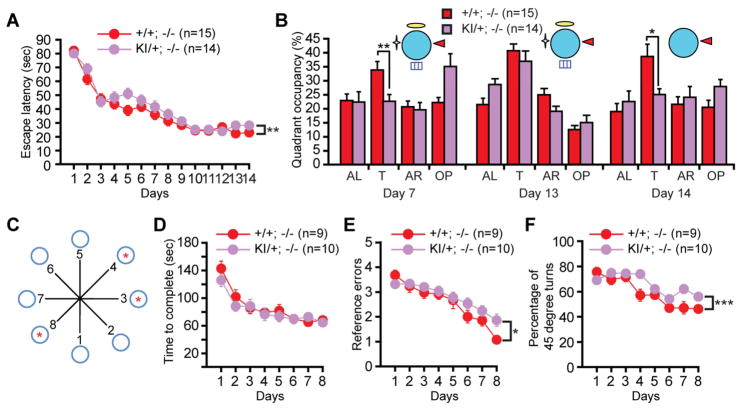Figure 5. Memory impairment caused by the L435F mutation.
(A) Psen1L435F/+; Psen2−/− (KI/+; −/−) mice (n=14) showed significantly higher escape latencies than Psen1+/+; Psen2−/− (+/+; −/−) littermates (n=15) during the 14-day training period (F1, 27 = 8.06; p<0.01) in the Morris water maze test.
(B) Psen1L435F/+; Psen2−/− mice show significantly reduced target quadrant occupancy in the day 7 probe test, but both genotypic groups show similar target quadrant occupancy in the day 13 probe test. Psen1L435F/+; Psen2−/− mice display significantly reduced quadrant occupancy in the partial-cue probe test on day 14. T, target quadrant; AL, adjacent left quadrant; AR, adjacent right quadrant; OP, opposite quadrant.
(C) Naïve Psen1L435F/+; Psen2−/− mice (n=10) and littermate controls (n=9) were subjected to 8 days of training to locate the three baited arms (indicated by red *) following fasting in the radial arm maze test.
(D) Psen1L435F/+; Psen2−/− and control mice require similar amounts of time to complete the food search (F1, 17 = 1.18, p > 0.05) during the 8-day radial arm maze training.
(E) Psen1L435F/+; Psen2−/− mice display significantly more reference errors (F1, 17 = 4.59, p < 0.05) during the 8-day training period.
(F) Psen1L435F/+; Psen2−/− mice show significantly higher percentages of 45 degree turns (F1, 17 = 13.63, p < 0.001) during the 8-day training period. Data are represented as mean ± SEM. *p < 0.05; **p < 0.01; ***p < 0.001.
See also Figure S4.

